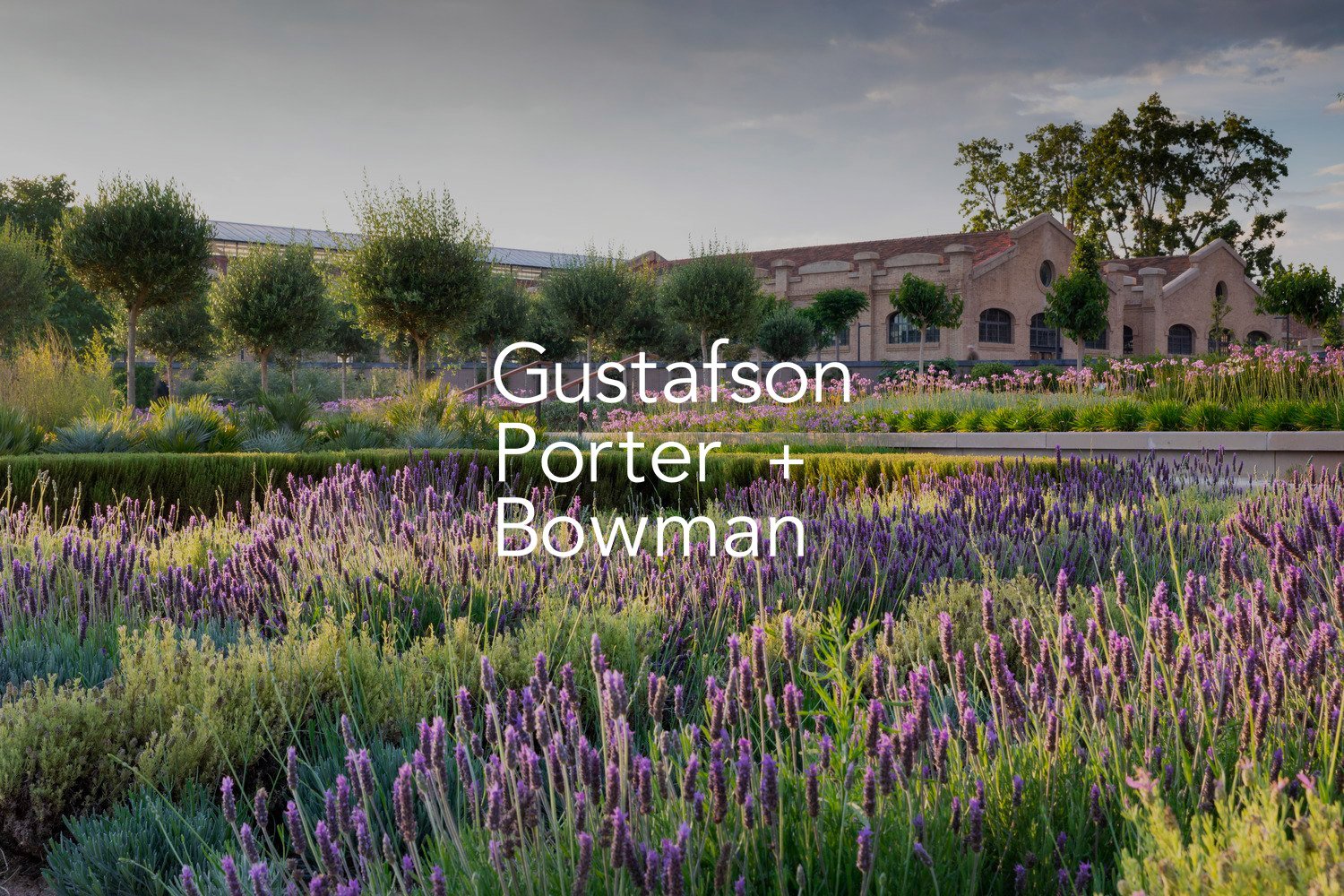NoShJFK
Active Member
- Joined
- Apr 18, 2021
- Messages
- 119
- Reaction score
- 136
The stadium would be used for concerts - if done right I can see it taking some summer concerts away from other venues. I wouldn’t be surprised if it hosted MIAA Super Bowls as it’s a more centralized location than Gillette. Maybe some local college football games. It would be an almost certainty that the venue would host Cannons lacrosse games - it would get more use then just 17 MLS games.I think the orange line spur conversation makes an incorrect assumption that it’s the most desirable option and thus we should figure out the engineering and operational difficulties it imposes.
But what justification is there exactly for a heavy rail spur here? 17 home MLS games?
And yes many of those events listed don’t require HRT service on their own but in addition to the proximity to service that is already there (making spur/extension the easiest solution) AND the simple fact that the North Shore is one of the most underserved rapid transit areas in the nation** - very strong population density all over the place make it an easy call.
**It’s not an exaggeration to say the NS could realistically use two extensions and two spurs (would never happen but it doesn’t mean it’s not justified)


